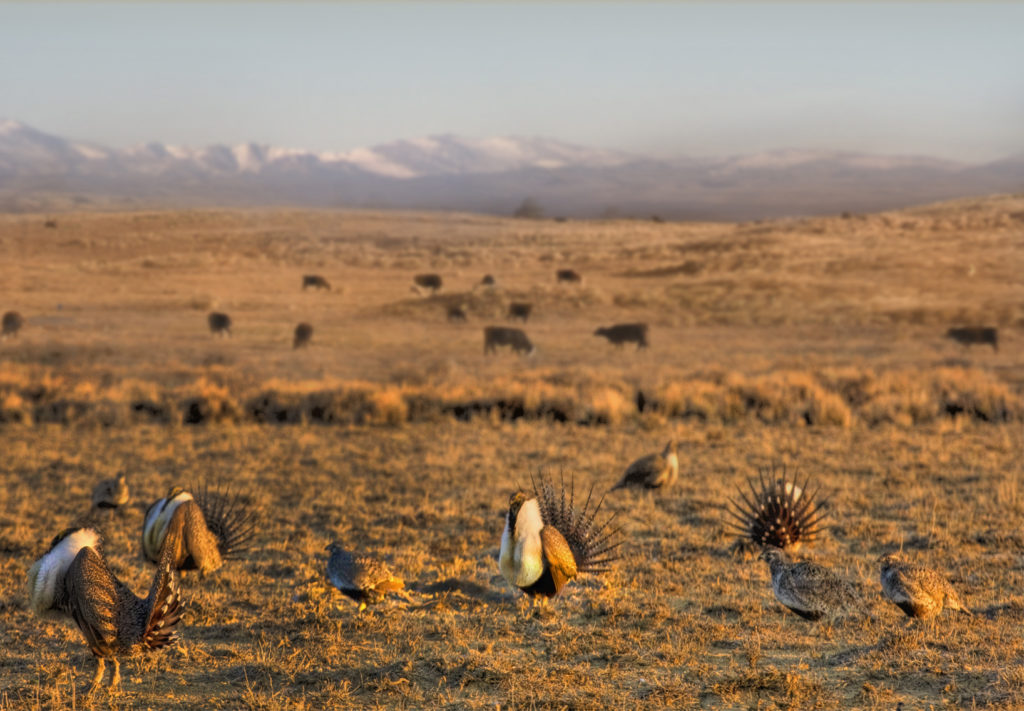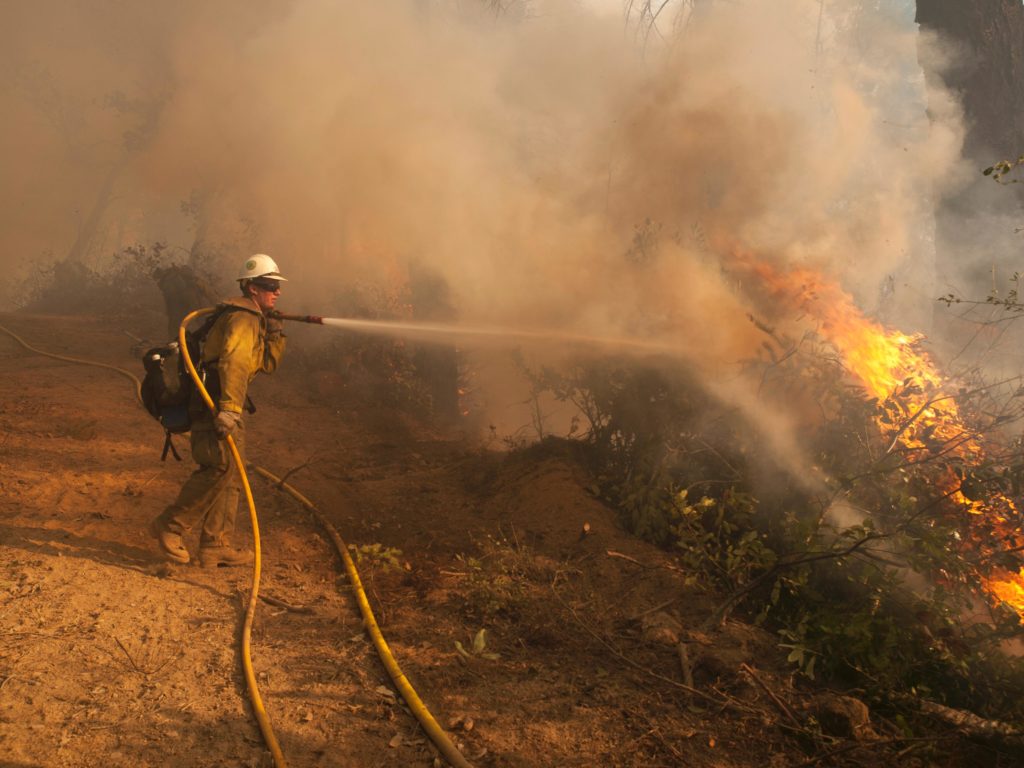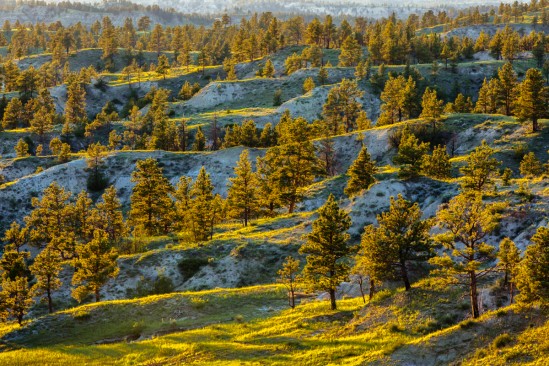This is the tenth Colorado county to join a growing movement against state takeover of national public lands, which are the lifeblood of sportsmen’s access in the West
The Board of Lake County Commissioners has passed a resolution opposing the effort to transfer or sell national public lands to the state of Colorado or local governments. This decision supports every American’s ability to hunt, fish, and recreate on public lands and underscores the conservation legacy of leaders like Theodore Roosevelt, who helped create a public lands system that is the envy of the world.
“The commission has proven its commitment to America’s public lands and they should be commended by sportsmen beyond the county limits,” says Nick Payne, Colorado field representative for the Theodore Roosevelt Conservation Partnership. “Lake County public lands include a frontier mining district with a rich history, and the county is home to the headwaters of the Arkansas River, which is very popular with anglers and rafters. Efforts to restore and reclaim the fishery have been very successful, and more than 100 miles of the Arkansas is now recognized as a having Gold Medal status—that’s worth safeguarding for citizens.”
The county’s resolution recognizes the importance of public lands for:
- Providing fish and wildlife habitat and opportunities for outdoor recreation—including hunting, fishing, hiking, wildlife-watching, horseback riding, and bicycling—that are essential to residents’ quality of life.
- Attracting outdoor recreation tourism that drives local spending and employs hundreds of county residents.
- Preserving historically significant and irreplaceable cultural sites and landscapes.
It’s worth noting that the BLM’s Eastern Colorado Resource Management Plan, which is currently being revised, includes Lake County backcountry lands that provide important habitat for bighorn sheep and elk, as well as other game species, and sportsmen are proposing unique protections for these areas. With this resolution, the commission has highlighted the value of these public lands for their benefit to fish, wildlife, and outdoor recreation.
“Backcountry BLM lands in Lake County provide important habitat for bighorn sheep and great fishing opportunities on various drainages of the Arkansas River,” says Tim Hill, owner of Colorado Fly Fishing Guides out of Leadville. “By passing a resolution in favor of these federal public lands, the commission is joining a growing majority of county governments in Colorado and across the West that see how unworkable and insulting the idea of state takeover is to millions of Americans. I hope that other counties across the West will continue to carry this banner in support of our outdoor heritage.”
A total of 21 pro-public-lands resolutions have been passed by county and municipal governments in the past two years. The new sportsmensaccess.org, where hunters and anglers can take action and find resources on the would-be impacts of land transfer, has an exhaustive list of these resolutions and other meaningful opposition. Click here to learn more.



















